By Heather Kramp, Ichthyology Lab
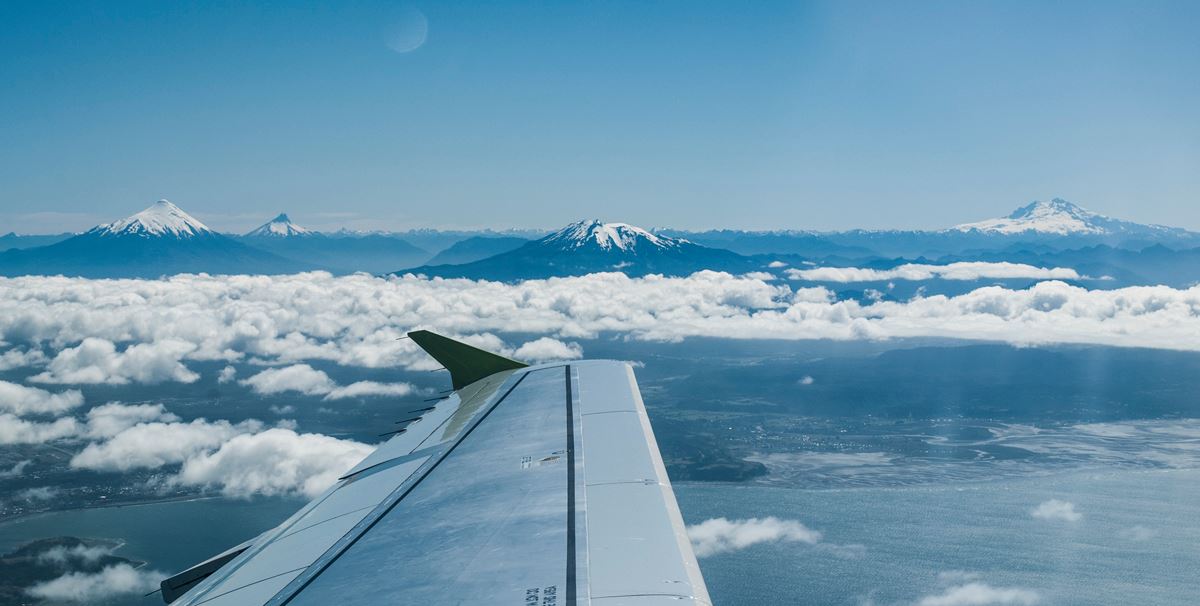
In early January of this year, I boarded a plane bound for Puerto Montt, Chile. It was my first time to South America and my first time crossing the equator. Though Chile is an amazing vacation destination, I was headed there for an even better purpose - research! Myself and five other MLML graduate students were fortunate to have the opportunity to take a ten-day intensive field course at the Universidad de Los Lagos in Puerto Montt. The course, Global Kelp Ecosystems, is taught every three years in partnership with MLML and the Universidad de Los Lagos. Five instructors co-teach the course, including Drs. Michael Graham and Scott Hamilton of MLML, Dr. Alejandro Bushman from the Universidad de Los Lagos, and Drs. Silvain Faugeron and Alejandro Pérez-Matus from the Pontifica Universidad Católica de Chile. In addition to MLML students, four Chilean graduate students and one French graduate student studying in Chile also took the course.
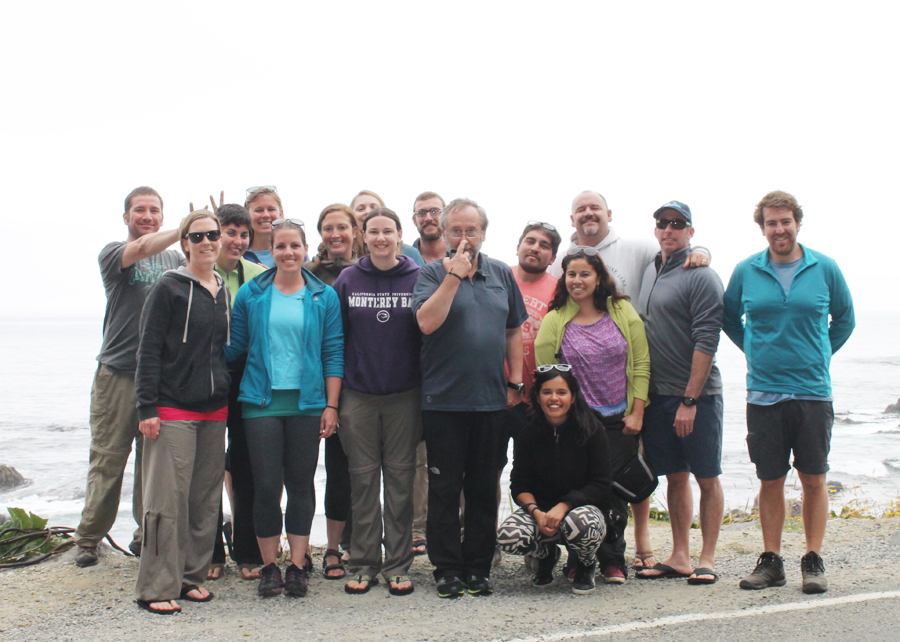
After a day-and-a-half of travel with an unbelievable amount of luggage (including dive gear) we all arrived in Chile.The Andes, dotted with volcanoes, are the defining mountain range of this country, flanking the Atacama Desert in north and meandering south all the way to Cape Horn. Puerto Montt is located in northern Patagonia and its coastline is a maze of fjords. January is the middle of South America’s summer and the weather was unpredictably hot, cold, rainy, and windy. Many times it was all of those in one day.
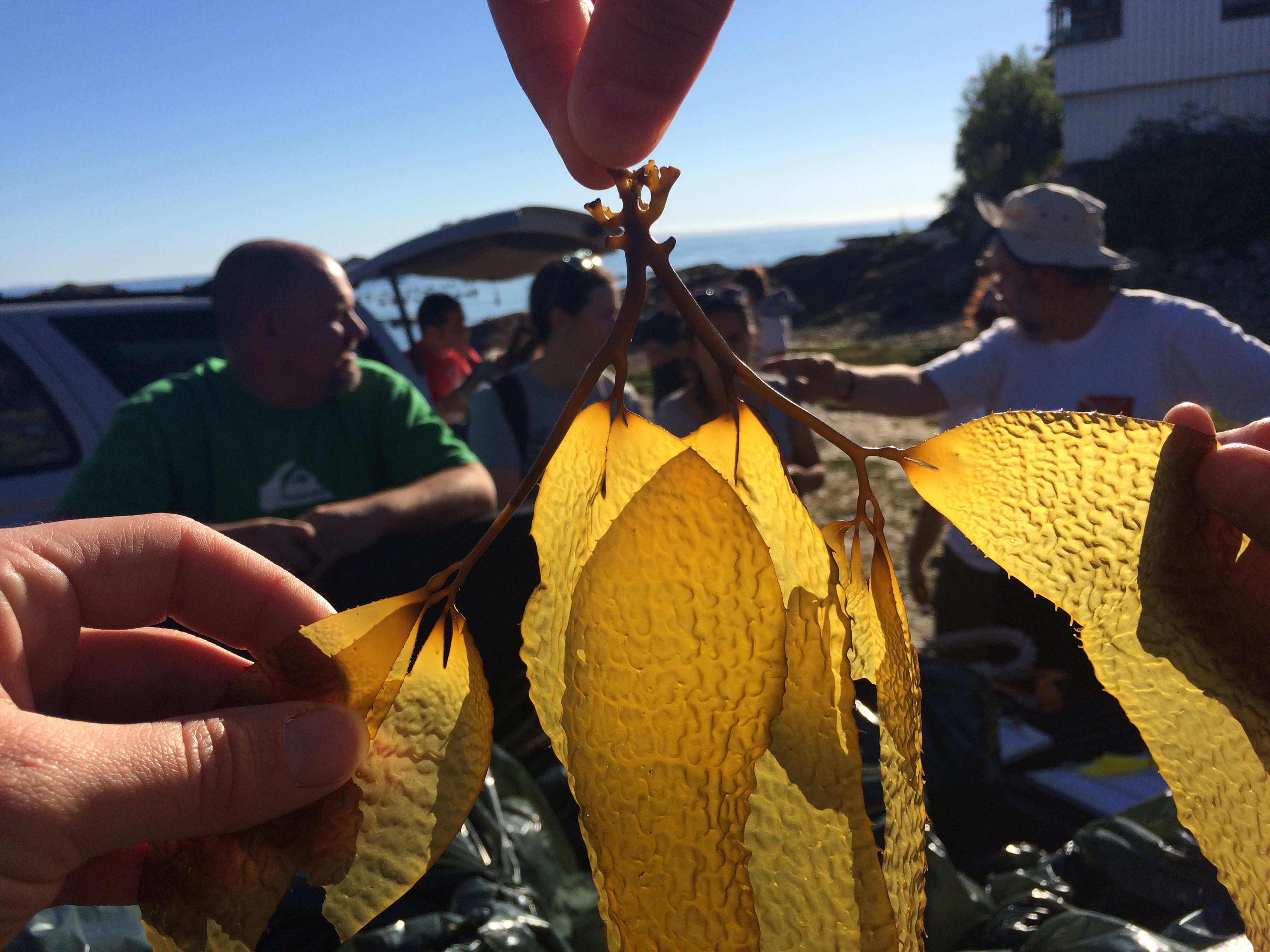
Our class began with lectures on kelp as a foundation species and its diversity and distribution around the globe. Macrocystis pyrifera, the forest-forming Giant Kelp we are so familiar with in Monterey Bay, is also found in Chile but you might not think it is the same kelp just by looking at it. It was once classified as 26 different species because its morphology, or the way it looks, is highly plastic meaning it can easily change its structure based on conditions in its environment. So, how do kelps like Macrocystis expand around the globe? Do the kelp forests in Chile play a similar role as the kelp forests in California? Do they support diverse fish and invertebrate populations? How might climate change impact kelps in the future? All of these questions were mulled over and discussed in detail.
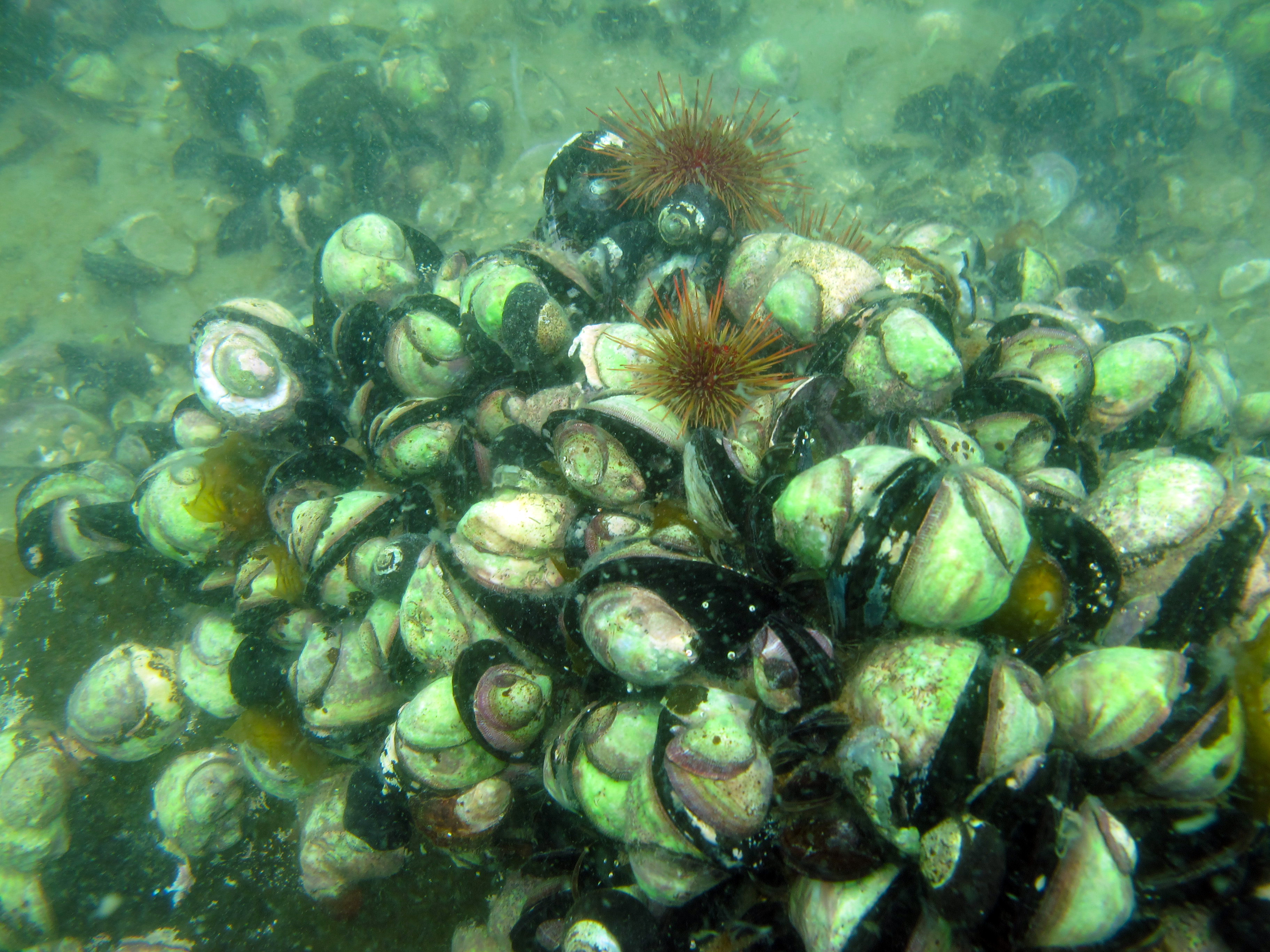
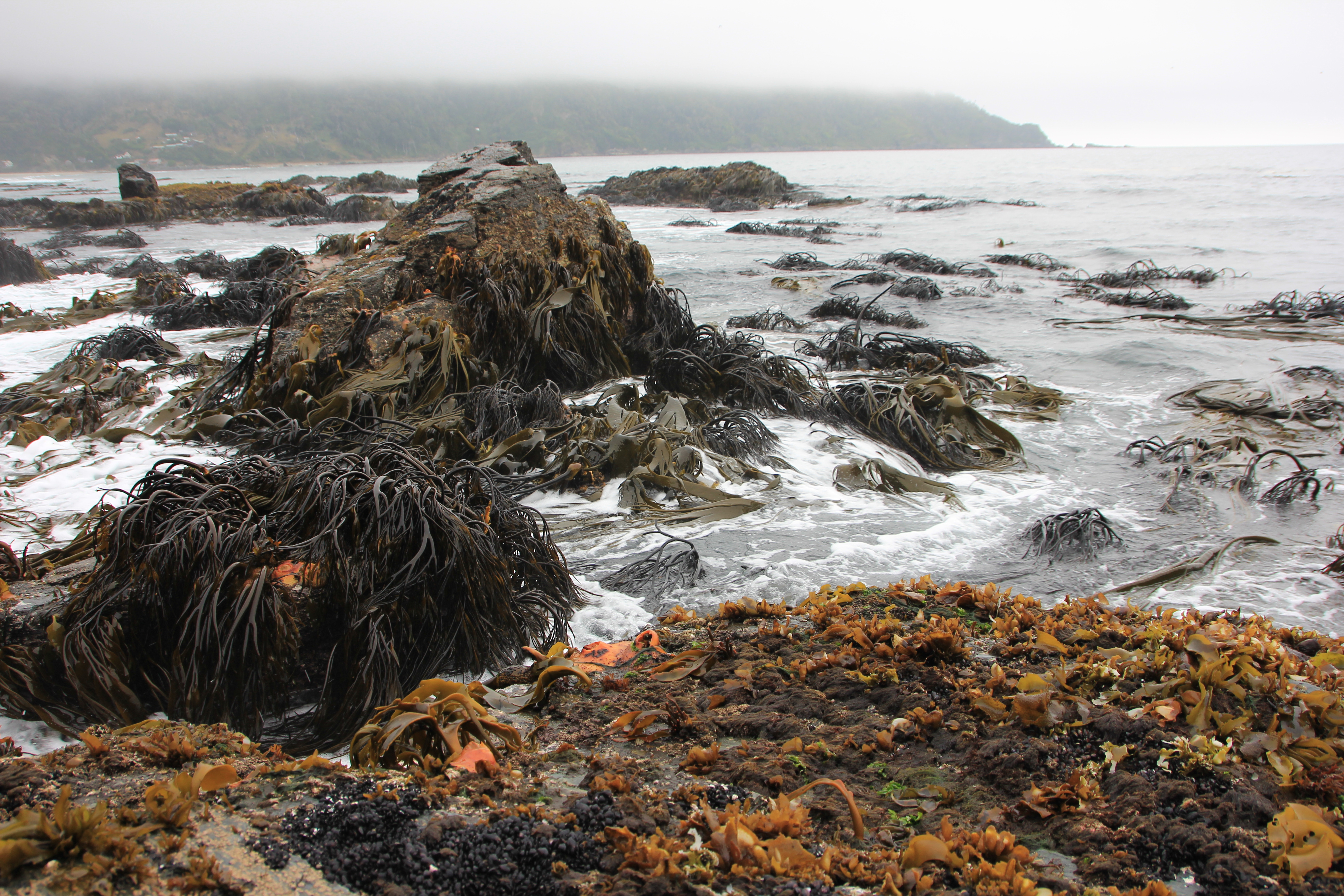
Ten days may not seem very long but the course included lectures from every instructor and a class field project. Data were collected over two days of scuba diving within a unique kelp bed, the only known annual population of Macrocystis in the world. Unlike kelp forests in California that are present year-round, this particular kelp forest is only present for about 6-8 months of the year. Then, it disappears and re-grows the following year. Diving this kelp forest was quite a new experience too. I have never dived in a fjord before and the tide changes by six meters in a matter of hours. We collected Macrocystis and invertebrate samples to look for associations between the organisms present and the kelp. Long hours in the lab were spent sorting, counting, sizing, weighing, dissecting, and analyzing samples. A final exam and research paper rounded out the course requirements.
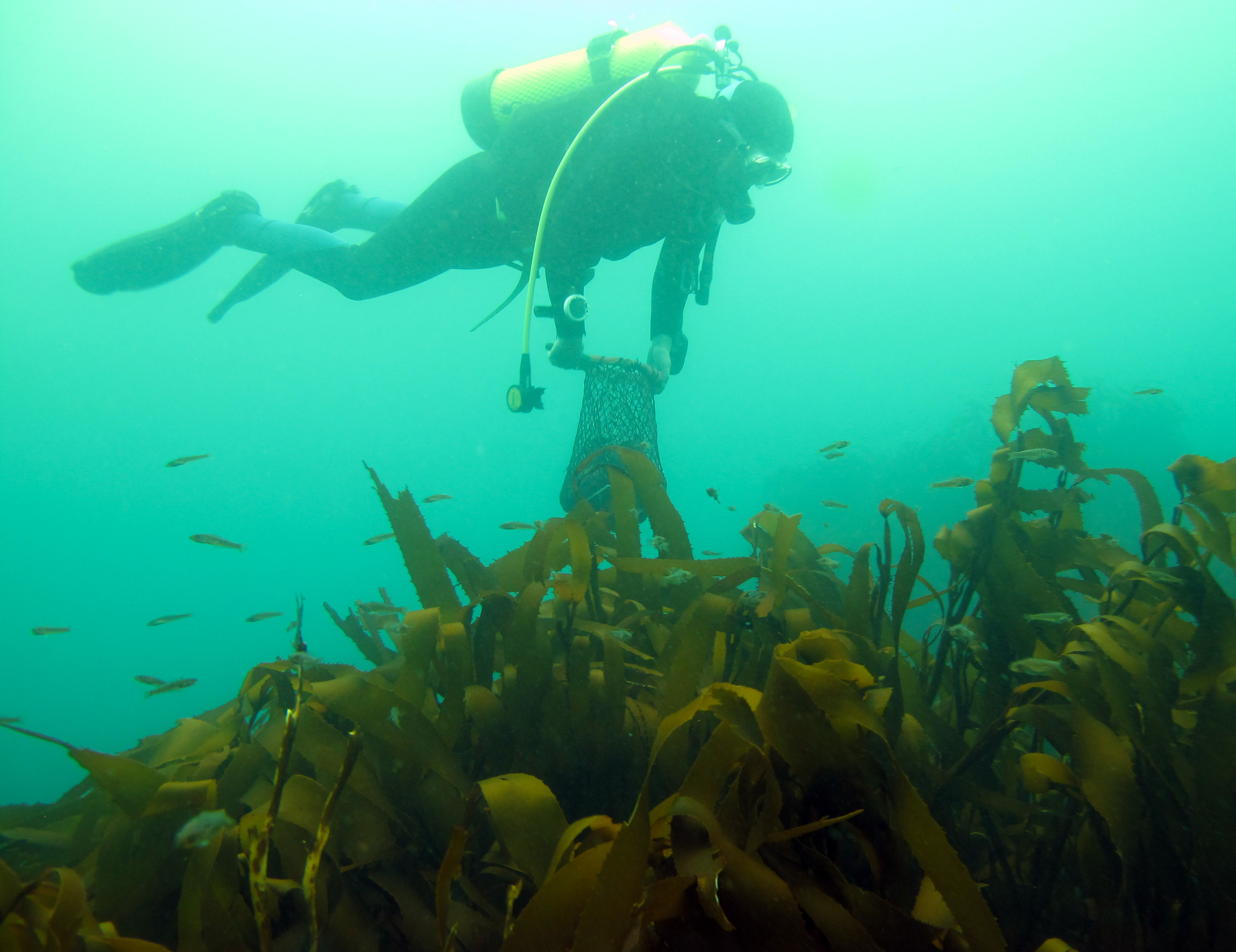
I can now scratch diving in Chile off my bucket list. More importantly though, my understanding of the role of kelp forests has expanded internationally. Though I love the impressive kelp forests right off California, a part of me misses Chile's unique forests. I'm itching to go back and explore to role of kelp along Chile's coast again.

